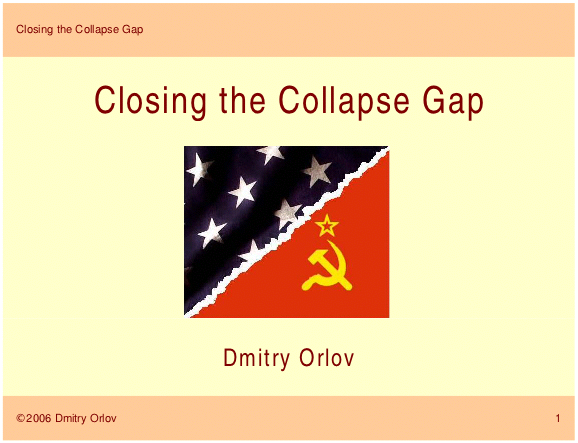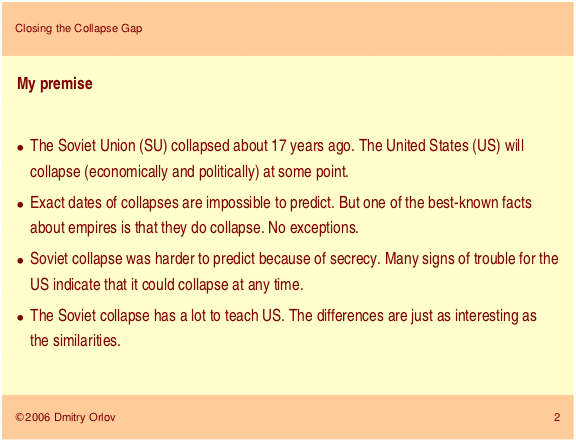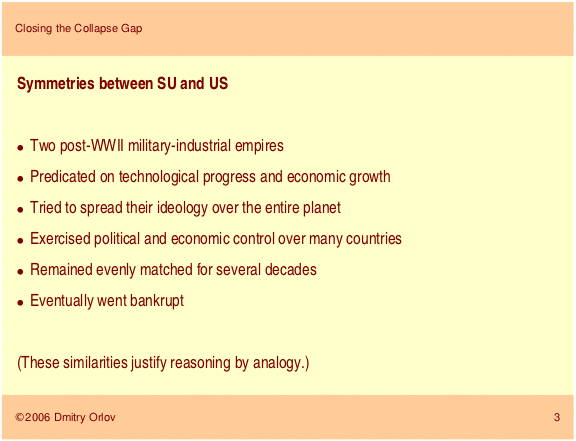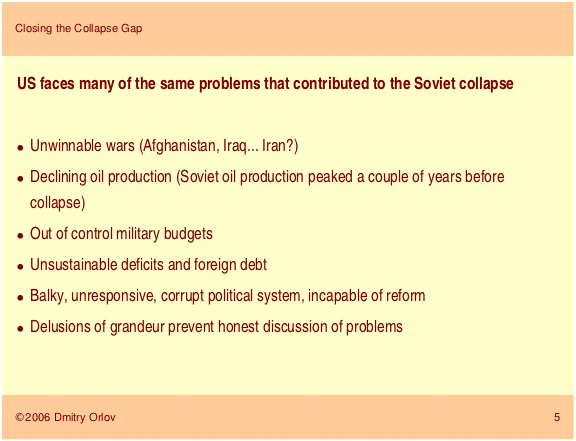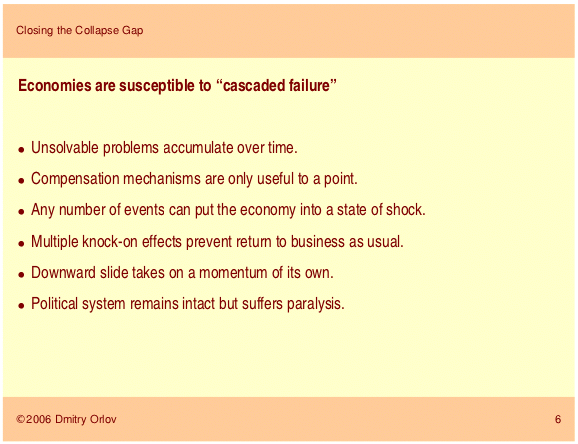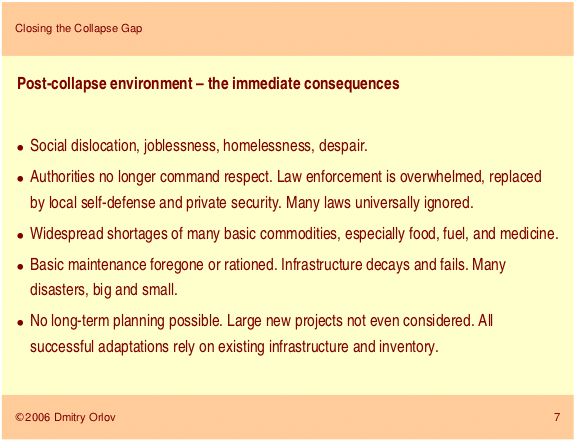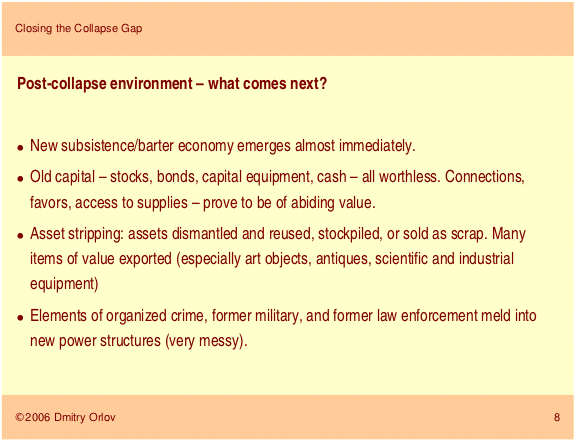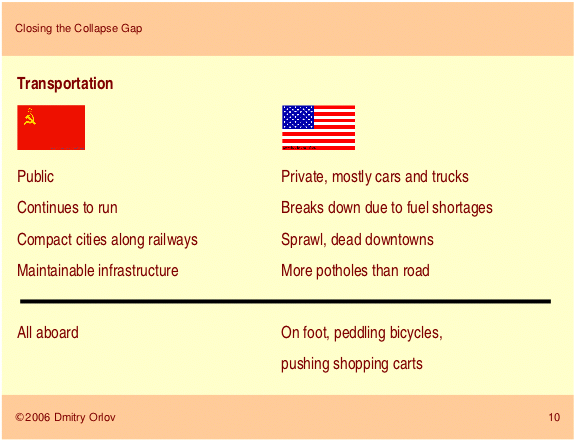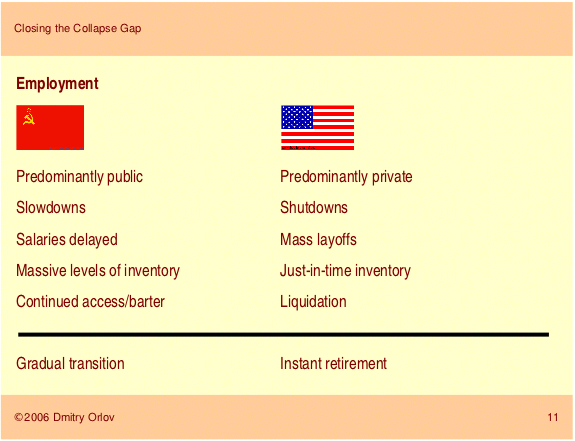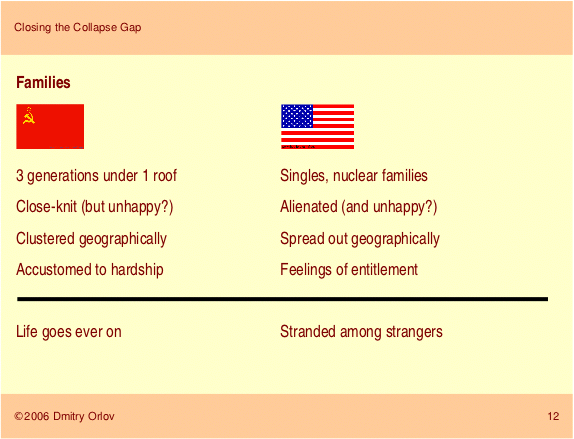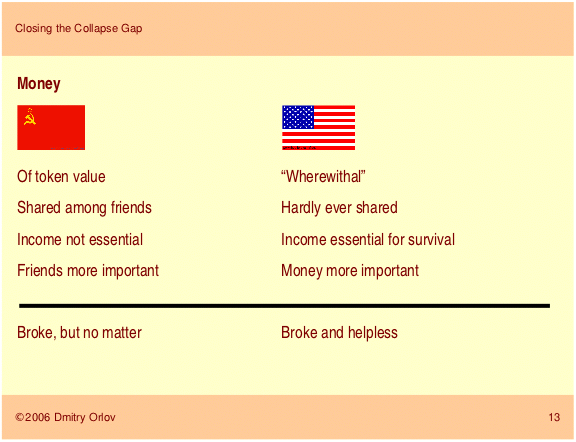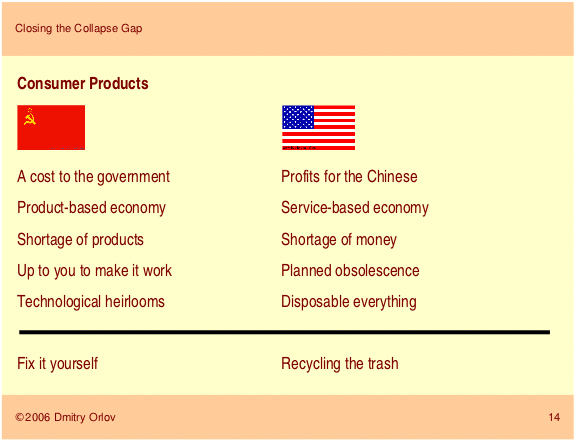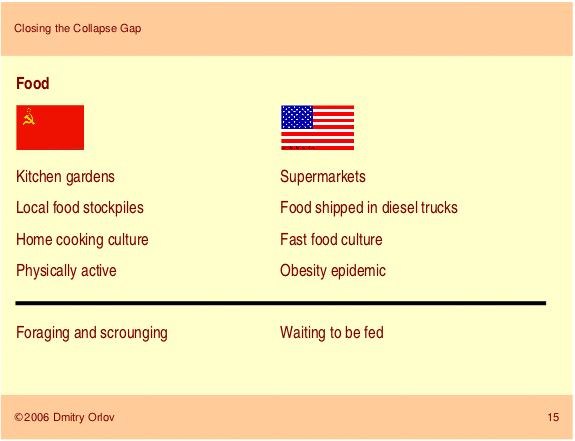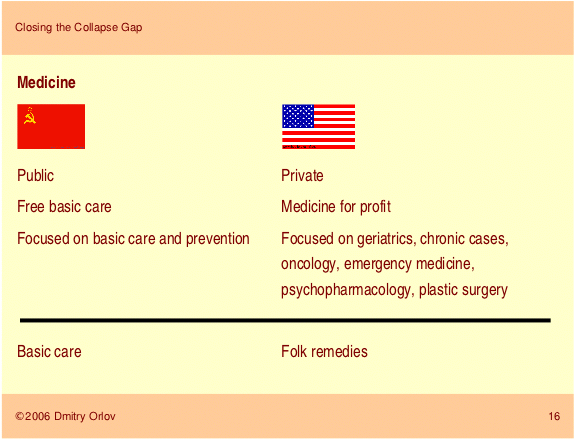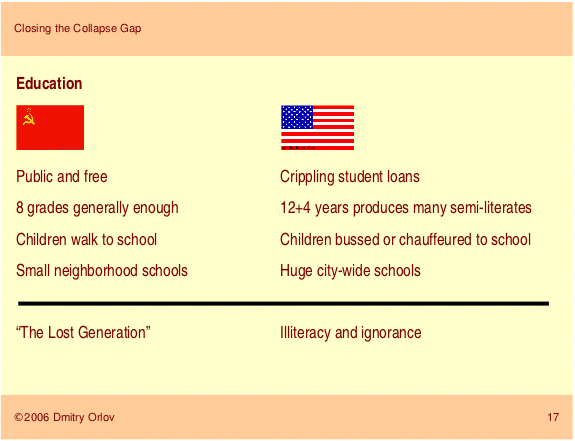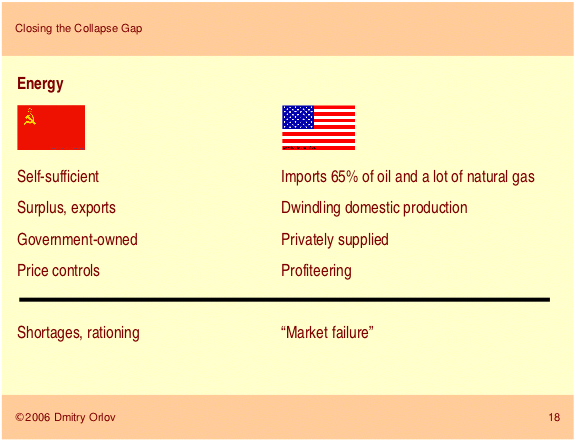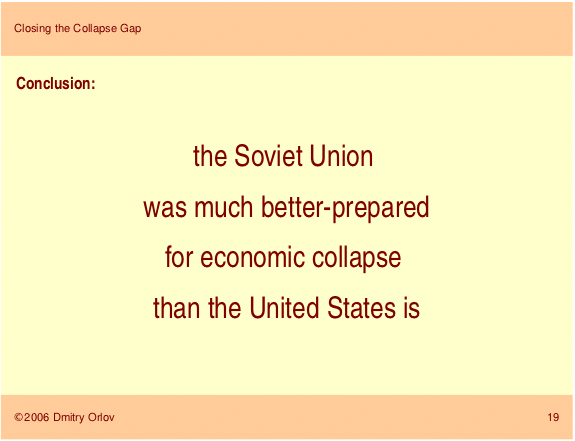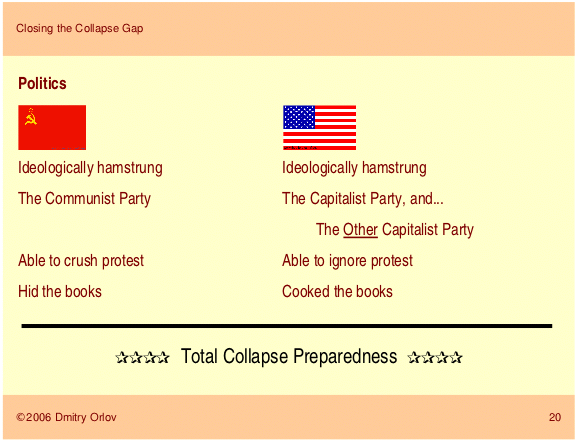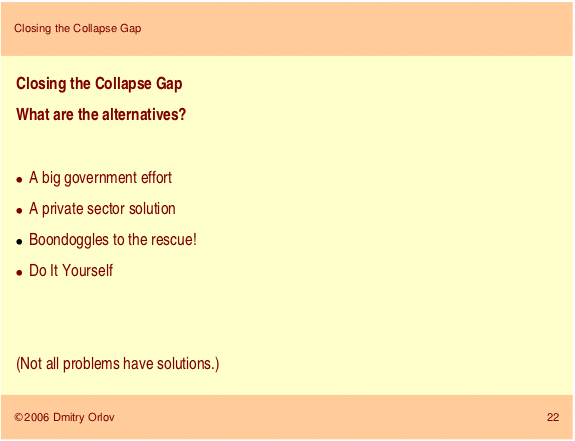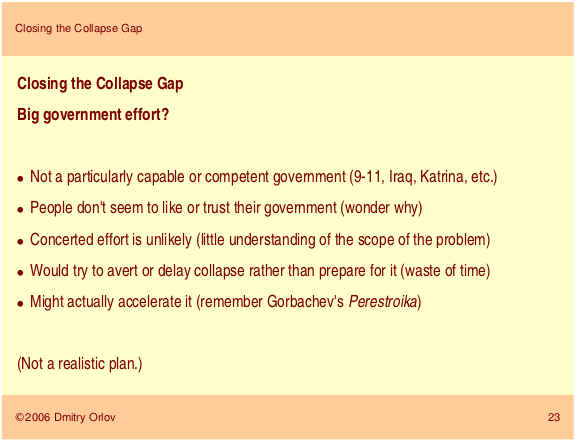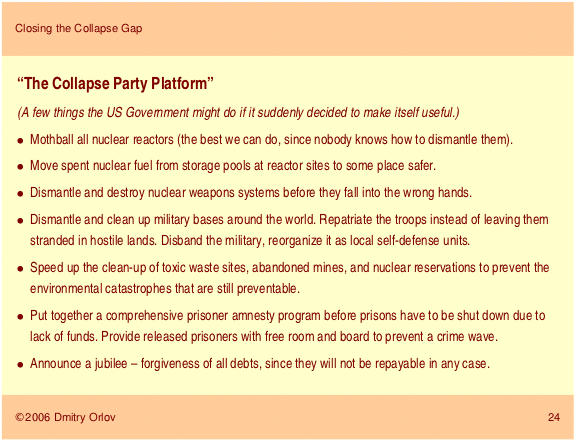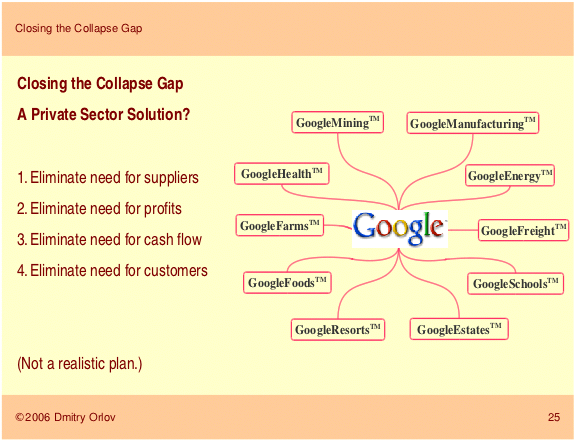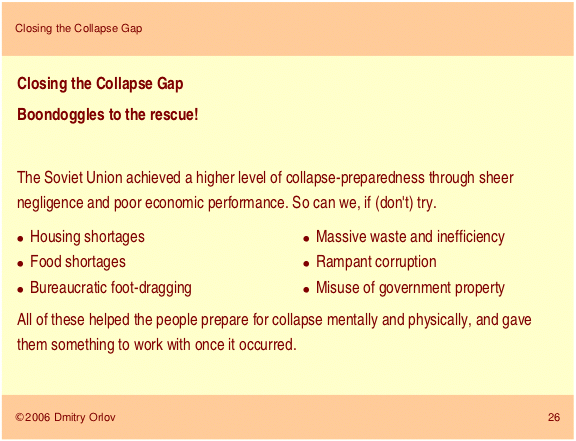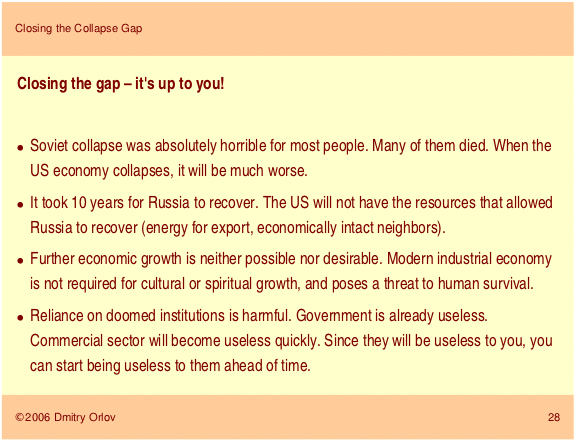11 key themes as countries take stock of Paris Agreement progress. Megan Darby, Climate Change News. May 1, 2018.
Most of the IPCC scenarios for limiting global warming to 2°C assume that humanity will burn twice as much fossil fuel as the current carbon budget allows, but that unproven technologies for carbon capture and atmospheric removal eliminate the excess.
Robert Rohde, Berkley Earth. Twitter.
Twenty eight years since the first IPCC report - this a sad indictment of our collective failure to give a damn for anything other than our own short-term self interest. Are these scenarios really the pinnacle of our climate change community’s ingenuity & analysis?
Kevin Anderson. Twitter.
CO2 Levels Have Reached a Scary New Milestone, But You're Gonna Ignore It Anyway, Aren't You. David Nield, ScienceAlert. May 8, 2018.
In the next two weeks in Bonn, national negotiators will meet assorted academics, campaigners and lobbyists in parallel sessions to exchange ideas. They have been asked to answer three questions – the third being the hardest and most important: Where are we? Where do we want to go? How do we get there?
More than 400 submissions have been made, which give a flavour of the discussions to come. Come the COP24 climate summit in Katowice this December, these will bubble up to the political level.
Here are 11 of the key themes.
1. 1.5C v 2C
It may be academic, given emissions trends put us on course for 3-4C of warming, to note that there is still some ambiguity around the Paris Agreement temperature target.
Small island states cleave to the tougher 1.5C limit – essential, they say, to their survival. China, meanwhile, mentions only the 2C goal, noting development priorities such as energy access, food security and poverty eradication “could not be overridden” by climate targets.
The EU walks a line between them, reciting verbatim the Paris compromise to hold temperature rise “well below 2C” and “pursue efforts” to 1.5C. In a nod to vulnerable allies, the bloc refers repeatedly to the upcoming Intergovernmental Panel on Climate Change special report on 1.5C.
2. The blame game
While Fiji has stressed the process is to be “non-confrontational”, with an emphasis on solutions, there is no getting away from the politics of burden-sharing.
It is particularly blatant in Saudi Arabia’s input on behalf of the Arab Group, which adds its own question: why are we here? Their answer, of course, is the historic emissions of industrialized economies, with no mention of the oil exporting countries profiting from their energy use. Despite being ranked as high income by the World Bank, Saudi Arabia harks back to its 1990s classification as a developing country.
The Paris Agreement blurred the rich-poor divide, but did not erase it. China too emphasizes the principle of “common but differentiated responsibility” – citing research by UK-headquartered NGO Oxfam to argue developed countries need to deliver more climate finance.
3. Money, money, money
Financial support is a key theme for the Africa Group, in particular for adapting to the impacts of climate change and redressing damages.
That should include a “significant increase” in money from public sources and “not simply offload finance to [the] private sector,” they urged – plus access to clean technology and expertise.
“We need to go to a world where developed countries stop making promises but live up to their promises,” the submission said.
4. Early action
The Paris Agreement is a long-term plan, but deadlines are looming already for commitments developed countries made in earlier rounds of talks.
...
As Maldives environment minister Thoriq Ibrahim writes for Climate Home News: “It would be a profound tragedy if we get to 2020 only to discover we waited too long to do what was needed.”
...
6. Focus on fossils
One of the most targeted country-led submissions comes from Switzerland, Costa Rica, Finland, New Zealand and Sweden, making the case for scrapping fossil fuel subsidies.
An easy win in theory, but reform has been held up in practice by special interests.
More contentious, but gathering force, are policies to limit production of fossil fuels. The Stockholm Environment Institute outlines how blocking oil exploration, new coal mines and fuel pipelines can complement efforts to curb demand.
...
7. Eat your greens
How can we feed a growing population on a warming planet, while cutting the food sector’s greenhouse gas emissions? There is no easy technology fix, which puts lifestyle choices in the frame.
The meat-rich diets of industrialised countries have a hefty carbon footprint.
...
11. Beware false saviours
Models for holding temperature rise below 2C or 1.5C rely heavily on removing carbon dioxide out from the air, on top of cutting emissions.
Some of this can be done with old-fashioned tree-planting, but many scenarios assume large-scale use of unproven technologies.
Most of the IPCC scenarios for limiting global warming to 2°C assume that humanity will burn twice as much fossil fuel as the current carbon budget allows, but that unproven technologies for carbon capture and atmospheric removal eliminate the excess.
Robert Rohde, Berkley Earth. Twitter.
Twenty eight years since the first IPCC report - this a sad indictment of our collective failure to give a damn for anything other than our own short-term self interest. Are these scenarios really the pinnacle of our climate change community’s ingenuity & analysis?
Kevin Anderson. Twitter.
CO2 Levels Have Reached a Scary New Milestone, But You're Gonna Ignore It Anyway, Aren't You. David Nield, ScienceAlert. May 8, 2018.
No worries, CO2 at just a 3-million year high.
Melting Arctic Sends a Message: Climate Change Is Here in a Big Way. Mark Serreze, The Energy Collective. May 6, 2018.
World Is Not on Track to Meet UN’s 2030 Sustainable Energy Goals. Georgina Gustin, Inside Climate News. May 3, 2018.
Aligning fossil fuel production with the Paris Agreement. Stockholm Environment Institute. March, 2018.
Addressing fossil fuel production under the UNFCCC: Paris and beyond. SEI. Sept 2017.
The influence of social movements on policies that constrain fossil fuel supply. Georgia Piggot, T and F Online. Dec. 8, 2017.
Are Fossil Fuel Divestment Campaigns Working? A Conversation With Economist Robert Pollin. C.J. Polychroniou, Truthout. May 28, 2018.
Global carbon budgets and the viability of new fossil fuel projects. Mark Jaccard et al, Springer. May 1, 2018.
Nationalization or Buyout: What Should be Done with the Fossil Fuel Companies? Robert Delano, Left Voice. May 18, 2018.
Is the 1.5°C target possible? Exploring the three spheres of transformation. Karen O’Brien, Science Direct. April, 2018.
Comparing extraction rates of fossil fuel producers against global climate goals. Saphira A. C. Rekker, Katherine R. O’Brien, Jacquelyn E. Humphrey & Andrew C. Pascale. Nature Climate Change. May 7, 2018.
UN forest accounting loophole allows CO2 underreporting by EU, UK, US – “There may not be a pathway to 1.5 degrees anymore — at all. Carbon capture and storage is a fantasy.” Desdemona Despair. May 06, 2018.
Earth’s atmosphere just crossed another troubling climate change threshold. Chris Mooney, WashPo. May 3, 2018.
Pakistan may have endured the hottest April temperature ever recorded on Earth. Ajay Nair, Sky News. May 4, 2018.
The catastrophe that killed the dinosaurs created a global hothouse for 100,000 years, study says. Joel Achenbach, WashPo. May 24, 2018.
Bearing Witness to a Disappearing World. Michael Malay, Dark Mountain Issue 13. May 9, 2018.
Forever Empty. Guy McPherson, Nature Bats Last. May 3, 2018.
Negative Emission Technologies: maybe we can still save the world, after all! Ugo Bardi. May 8, 2018.
Kinder Morgan Sold the Pipeline. Roy L. Hales, CleanTechnica. May 31, 2018.
Humans just 0.01% of all life but have destroyed 83% of wild mammals – study. Damian Carrington, Guardian. May 21, 2018.
Melting Arctic Sends a Message: Climate Change Is Here in a Big Way. Mark Serreze, The Energy Collective. May 6, 2018.
Evidence that the Arctic is warming rapidly extends far beyond shrinking ice caps and buckling roads. It also includes a melting Greenland ice sheet; a rapid decline in the extent of the Arctic’s floating sea ice cover in summer; warming and thawing of permafrost; shrubs taking over areas of tundra that formerly were dominated by sedges, grasses, mosses and lichens; and a rise in temperature twice as large as that for the globe as a whole. This outsized warming even has a name: Arctic amplification.
Aligning fossil fuel production with the Paris Agreement. Stockholm Environment Institute. March, 2018.
Key messages
• The 2018 Talanoa Dialogue is a crucial opportunity to increase climate mitigation ambition and effectiveness by putting fossil fuel supply on the international climate agenda.
• Managing a decline in global fossil fuel production is essential to meeting the Paris Agreement’s 1.5-2°C temperature limits.
• Policies that restrict the supply of fossil fuels – as a complement to those that limit their demand – can lead to greater mitigation potential, cost-effectiveness, benefits to health and the local environment, enhanced popular support for climate action, and reduced carbon lock-in.
• Supply-side policies are gaining ground globally, from moratoria on new production exploration licenses, to divestment from fossil fuel holdings, to transition plans for workers. But much work remains to be done.
• Parties should plan the transition away from fossil fuel production to ensure that it is well managed, just and equitable. To this end, NDCs and long-term strategies provide a platform to set and discuss targets and policies.
• The UNFCCC process can play a key role in raising the profile of supply-side policies and em- powering Parties and non-Party stakeholders to take action in support of effective policies.
Addressing fossil fuel production under the UNFCCC: Paris and beyond. SEI. Sept 2017.
This working paper describes how countries can more explicitly address the phasing out of fossil fuel production within the current architecture of the Paris Agreement.
The influence of social movements on policies that constrain fossil fuel supply. Georgia Piggot, T and F Online. Dec. 8, 2017.
ABSTRACT
Mounting evidence suggests that a large portion of the world's fossil fuel reserves will have to remain in the ground to prevent dangerous climate change. Yet, the fossil fuel industry continues to invest in new infrastructure to expand fuel supply. There appears to be a prevailing logic that extraction is inevitable, in spite of growing climate change concerns. Few political leaders seem to be willing to challenge this logic. The absence of adequate political action on climate change has sparked a burgeoning social movement focused on constraining fossil fuel supply. This article describes this movement, and explores the role that social mobilization may play in enabling policies that limit fossil fuel extraction. Drawing from literature on social mobilization and political change, this work: (1) discusses some of the social and political barriers to mobilization focused on restricting fossil fuel supply; (2) describes the pathways through which mobilization efforts may influence climate policy; and (3) highlights insights from studies of successful social movements that have relevance for the issue of fossil fuel extraction. The article concludes with directions for future research on social mobilization focused on supply-side climate policy.
There is, rather, one fundamental reason why policy makers in most countries throughout the world are unwilling to cut their CO2 emissions sufficiently, notwithstanding the ever-mounting ecological threat. It is because the only way countries can achieve serious CO2 emissions cuts is to stop burning so much oil, coal and natural gas to produce energy.
Confronting this reality in turn creates three problems that are distinct but interrelated.
The first is that workers and communities throughout the world whose livelihoods depend on people consuming fossil fuel energy will face major losses — layoffs, falling incomes and declining public-sector budgets to support schools, health clinics and public safety.
The second is that profits will fall sharply and permanently for the colossal fossil fuel companies, such as Exxon-Mobil, Shell and the range of energy-based businesses owned by the US mega-billionaires David and Charles Koch. The world’s publicly owned energy companies — such as Saudi Aramco, Gazprom in Russia and Petrobras in Brazil, which together control about 90 percent of the world’s total oil reserves — will take still larger hits to their revenues.
The third problem pushes us beyond the fossil fuel industry itself and into broader issues of jobs and prospects for economic growth. According to most analysts, economies will face higher energy costs when they are forced to slash their fossil fuel supplies. It will therefore become more expensive to operate the full gamut of buildings, machines and transportation equipment that drive all economies forward.
Just to say briefly, these three problems may seem overwhelming, but they are actually less daunting than they appear. First, it is not the case that economies will face higher energy costs through a clean energy transformation. The two critical features of a clean energy transformation are investments in energy efficiency and clean renewable energy sources, which will then supplant oil, coal and natural gas as energy sources. These clean energy sources, in combination, are already cheaper than fossil fuels on average in delivering a given amount of energy.
Second, building the clean energy economy — through a Green New Deal — will generate 2-3 times more jobs overall in all regions of the globe than maintaining our existing fossil-fuel dominant energy infrastructure. Third, there will certainly be job losses and displacement for workers and communities that are presently dependent on the fossil fuel industry. These workers and communities simply need to be supported through generous Just Transition policies, as one critical feature of the Green New Deal.
And finally, what about the private and public fossil fuel companies? The only answer here is that we simply cannot worry about their profits when we are facing a planetary emergency. Smart investors need to get the message that it is time to move their money out of fossil fuels and into more benign endeavors — starting with clean energy. And even if the investors plug their ears and cover their eyes to reality, we need to succeed in delivering the message anyway through effective political struggles that foreclose their profit opportunities.
Global carbon budgets and the viability of new fossil fuel projects. Mark Jaccard et al, Springer. May 1, 2018.
Abstract
Policy-makers of some fossil fuel-endowed countries wish to know if a given fossil fuel supply project is consistent with the global carbon budget that would prevent a 2 °C temperature rise. But while some studies have identified fossil fuel reserves that are inconsistent with the 2 °C carbon budget, they have not shown the effect on fossil fuel production costs and market prices. Focusing on oil, we develop an oil pricing and climate test model to which we apply future carbon prices and oil consumption from several global energy-economy-emissions models that simulate the energy supply and demand effects of the 2 °C carbon budget. Our oil price model includes key oil market attributes, notably upper and lower market share boundaries for different oil producer categories, such as OPEC. Using the distribution of the global model results as an indicator of uncertainty about future carbon prices and oil demand, we estimate the probability that a new investment of a given oil source category would be economically viable under the 2 °C carbon budget. In our case study of Canada’s oil sands, we find a less than 5% probability that oil sands investments, and therefore new oil pipelines, would be economically viable over the next three decades under the 2 °C carbon budget. Our sensitivity analysis finds that if OPEC agreed to reduce its market share to 30% by 2045, a significant reduction from its steady 40–45% of the past 25 years, then the probability of viable oil sands expansion rises to 30%.
Nationalization or Buyout: What Should be Done with the Fossil Fuel Companies? Robert Delano, Left Voice. May 18, 2018.
Writing in Jacobin, Peter Gowan argues that the government should buy a "controlling stake" in the fossil fuel companies. Does this offer a true solution for the economic and ecological crises?
In the U.S., more natural gas was extracted in 2017 than in any year prior. Crude oil was produced at levels 60 percent higher last year than in the year 2000 and on par with the record years of the early 1970s. With all the advances that have been made in renewable energy technology in recent decades, fossil fuels are still responsible for 81 percent of all energy on the grid in the U.S., while non-nuclear renewable resources such as wind, water and solar account for just 10 percent. China’s emissions of greenhouse gases also rose to a new record last year after falling slightly in 2015 and 2016.
Given the complete lack of the will of governments to take action to cut fossil fuel production meaningfully and the obvious impossibility of corporations to self-regulate, what program can we put forward to avert climate catastrophe?
Writing in Jacobin, Peter Gowan notes that market solutions are “incapable of spurring the economic transition needed” and argues that the only way to quickly move from oil, gas and coal to renewable energy sources is to nationalize the fossil fuel companies.
But what kind of nationalization exactly does Gowan suggest?
...
Rather than buyouts — purchasing a controlling stake in the fossil fuel companies and creating public-private partnerships — what socialists should demand is the immediate nationalization, without compensation, of the entire energy sector, including the public utilities and the fossil fuel companies. Further, these companies must be placed under the democratic control of their workers and consumers in order to achieve an immediate transition to a renewable energy system.
Federal and state government bureaucrats have no interest in ushering such a transition and therefore cannot be trusted to manage the industry. The fact that some of the world’s biggest polluters are state enterprises — such as PDVSA in Venezuela or public-private partnerships such as Saudi Arabia’s Aramco or Russia’s Gazprom — shows clearly that state management does not necessarily lead to an ecologically-sustainable energy industry. Only workers and working-class consumers have an interest in moving toward new renewable energy projects, and only they are capable of putting the revenue from fossil fuels toward the needs of the majority of the population.
Is the 1.5°C target possible? Exploring the three spheres of transformation. Karen O’Brien, Science Direct. April, 2018.
Carbon roadmaps and pathways are important for describing, planning and tracking the technical, managerial and behavioral changes that are consistent with the Paris Agreement. Nevertheless, roadmaps and pathways for decarbonization often gloss over a fundamental question: ‘How do deliberate social transformations happen?’ Often the social complexity of transformation processes is downplayed or ignored in favor of technical solutions and behavioral approaches. In this article, I explain why they are incomplete and unlikely to ‘bend the curves’ to reduce emissions in accordance with the Paris Agreement. I first discuss the distinction between technical and adaptive challenges and why this is relevant. I then review and describe the dynamics of social change in relation to three related and interacting ‘spheres’ of transformation: the practical, political, and personal spheres. Finally, I explore how these three spheres can be used to identify leverage points for transformations that support the 1.5°C target.
Comparing extraction rates of fossil fuel producers against global climate goals. Saphira A. C. Rekker, Katherine R. O’Brien, Jacquelyn E. Humphrey & Andrew C. Pascale. Nature Climate Change. May 7, 2018.
Abstract
Meeting global and national climate goals requires action and cooperation from a multitude of actors1,2. Current methods to define greenhouse gas emission targets for companies fail to acknowledge the unique influence of fossil fuel producers: combustion of reported fossil fuel reserves has the potential to push global warming above 2 °C by 2050, regardless of other efforts to mitigate climate change3. Here, we introduce a method to compare the extraction rates of individual fossil fuel producers against global climate targets, using two different approaches to quantify a burnable fossil fuel allowance (BFFA). BFFAs are calculated and compared with cumulative extraction since 2010 for the world’s ten largest investor-owned companies and ten largest state-owned entities (SOEs), for oil and for gas, which together account for the majority of global oil and gas reserves and production. The results are strongly influenced by how BFFAs are quantified; allocating based on reserves favours SOEs over investor-owned companies, while allocating based on production would require most reduction to come from SOEs. Future research could refine the BFFA to account for equity, cost-effectiveness and emissions intensity.
UN forest accounting loophole allows CO2 underreporting by EU, UK, US – “There may not be a pathway to 1.5 degrees anymore — at all. Carbon capture and storage is a fantasy.” Desdemona Despair. May 06, 2018.
Booth is darkly pessimistic — a price she pays for knowing too much, she told me.
...
Booth’s research opens up the IPCC to charges that its policymaking decisions regarding emissions accounting have been politicized — crafted by negotiators to include built-in loopholes that allow nations to underreport certain emissions while appearing to achieve their carbon-reduction targets.
Earth’s atmosphere just crossed another troubling climate change threshold. Chris Mooney, WashPo. May 3, 2018.
Pakistan may have endured the hottest April temperature ever recorded on Earth. Ajay Nair, Sky News. May 4, 2018.
The hottest April temperature ever witnessed on Earth may have been recorded in Pakistan after meteorologists saw the weather reach a scorching 50.2C (122.4F)
The catastrophe that killed the dinosaurs created a global hothouse for 100,000 years, study says. Joel Achenbach, WashPo. May 24, 2018.
On a very bad day 66 million years ago, a mountain-sized object from space slammed into the Earth, initiating a cascade of calamities that eradicated three-fourths of the species on the planet, including the non-avian dinosaurs. The buried remnants of the 125-mile-wide crater have been identified on the Yucatan Peninsula and in the Gulf of Mexico. Scientists have long theorized that an initial pulse of heat was followed by a devastating global winter. After that, as carbon dioxide in the atmosphere surged, the planet became a hothouse.
A new study published Thursday in the journal Science has produced hard data to support that global warming hypothesis, and it may have unnerving implications for the world we live in today. The effects of the Chicxulub impact, named for a Yucatan town, produced 5 degrees Celsius (9 degrees Fahrenheit) average warming in a subtropical sea, and this heating persisted for 100,000 years, the researchers concluded.
“This is crocodiles at the poles and large areas of the tropics uninhabitable on land,” explained lead author Ken MacLeod, a University of Missouri paleontologist.
The study suggests that even a relatively brief pulse of CO2 can have a lingering effect. That's relevant today given many countries' massive greenhouse-gas emissions, which are creating a spike in atmospheric carbon dioxide and associated global warming.
“The cascading implication of our finding is that carbon dioxide loading would have occurred for just maybe a decade, and the greenhouse warming persisted for 100,000 years,” MacLeod said. “Even if we go back to 1850 levels of CO2 emissions today, we’re locked into 100,000 years of the Earth responding to the CO2 we’ve already put in.”
Bearing Witness to a Disappearing World. Michael Malay, Dark Mountain Issue 13. May 9, 2018.
It is easy to become despondent, indeed sorrowful, about these losses: each day we are confronted with appalling statistics about the loosening footholds (and wing-holds) of mammals and birds in the UK, not to mention thousands of insect species whose habitats are being fundamentally changed by human intervention. As Ursula Heise reminds us, however, narratives of ecological decline, which often borrow from genre conventions such as tragedy and elegy, can easily turn into narratives of human decline.
Environmental ‘crisis typically becomes a proxy for cultural concerns,’ she writes in Imagining Extinction, a way of telling stories about the fallen experience of modernity. We therefore need to understand when sorrow is misplaced – when it is a projection of cultural anxieties onto nature – and when it stems from a genuine reckoning of what is being lost. The risk of not doing so is to tell a story that begins to tell us – a hopeless story about inevitable decline.
The other risk of declensionist narratives is that they ignore the capacity of certain creatures to adapt during times of change. As Chris Thomas argues in Inheritors of the Earth, some animals seem to be thriving in the present era. We have damaged the planet beyond any reasonable measure, he admits, altering its ‘great chemical cycles’ and acidifying its oceans, but ‘we are still surrounded by large numbers of species, many of which appear to be benefiting from our presence’ and adapting to ‘this human-altered world’. He also argues that we should situate today’s changes in their ‘appropriate historical context, which involves time spans much longer than we are used to thinking about in our everyday lives.’ This is ‘necessary because the story of life on Earth is one of never-ending change: be that the arrival and disappearance of species from a particular location (ecological change) or the longer-term formation of new species and extinction of others (evolutionary change).’
This is not to discount the losses of anthropogenic extinction, which are immense, nor the profligacy with which capitalism exploits human and non-human life. The long view that Thomas takes may also come with a subtle danger. Deep time consoles us by reminding us of earth’s endurance and continuity, but such a view may also desensitise us to the present, to the precious and fragile life being lost now. We are thus relieved of the duties we have as citizens of the earth: the duty to articulate an alternative to the economic systems that are ravaging the planet, the duty to preserve our green and blue commons for future generations, and the duty to foster a notion of citizenship that places the human in humble relations to other creatures, as one ecological fellow among others. Nevertheless, the persistence Thomas celebrates in the natural world is real. And this persistence may offer its own form of hope – that we too may find ways of flourishing in uncertain times, or, more selflessly, that animal life will continue evolving and proliferating with or without their human fellows, inheritors of a future that will continue despite us.
Forever Empty. Guy McPherson, Nature Bats Last. May 3, 2018.
as with most of you, I want to leave the world a better place than when I arrived here.
So far, my record isn’t that great. I was born into captivity as a first-world human. That right there is a helluva burden to shoulder.
I’ve got a lifetime of conspicuous consumption in my rear-view mirror. It’s not pretty. I’ve got “must go faster” ringing in my ears. I’ve got Mother Culture whispering “success” and “money” in the same breath, yet I know better. I’ve known better since August of 1979.
What is one poor, conflicted, privileged, Caucasian man supposed to do about abrupt, irreversible climate change on a polluted planet? That’s the nagging question. That’s the never-ending, forever-empty feeling raging at my nonexistent soul at 3 o’clock every goddamned dark morning.
Enlightenment is a curse. How can I push it away? How can I switch off my relentless mind, when the problems and predicaments keep piling up?
Negative Emission Technologies: maybe we can still save the world, after all! Ugo Bardi. May 8, 2018.
Before I went to hear Klaus Lackner in Les Houches in March 2018, I had a very poor opinion of direct atmospheric capture (DAC) and negative emission technologies (NET). If you had asked me, I would have said that there is no need for these technologies: why can't we just avoid emissions, instead? And if you were to tell me about "artificial trees," I would have told you that Mother Nature spent some 350 million years to develop trees, and She knows better than us how to remove CO2 from the air.
Well, I changed my mind. I came out of Lackner's seminar convinced that DAC/NET may give us a fighting chance to survive. Consider that it is perfectly possible that we already passed the "tipping point" that will lead Earth's climate to move to a different climate state. In that case, reducing emissions or even zeroing them will not help us. And, in any case, we are not doing that fast enough. So, DAC/NET as the last hope to save civilization? (*) Possible and even likely. Let me explain.
First of all, let me state a point which is clear to me: the energy transition is NOT a technological problem. We could go through the transition fast enough to avoid running out of energy and before climate change destroys us. But only if we were willing to invest enough in the transition, and we aren't. The problem is financial and political. And, at present, it seems to be impossible to solve since the idea that civilization (and perhaps humankind) is at risk is just not penetrating into the consciousness of the decision makers.worth reading the (skeptical) comments
Kinder Morgan Sold the Pipeline. Roy L. Hales, CleanTechnica. May 31, 2018.
Prime Minister Justin Trudeau claims that buying the controversial Trans Mountain pipeline is acting in the national interest. Ben Parfait put his feeling about the $4.5 billion purchase to music: “Broken hands on broken ploughs, Broken treaties, broken vows, Broken pipes, broken tools/ People bending broken rules.” Economist Robyn Allan estimates Canadian taxpayers will spend $20 billion before the controversial pipeline expansion is finished; if it is finished. Is anyone surprised to hear that Kinder Morgan sold the pipeline?
Say hello to Justin Trudeau, the world's newest oil executive. Bill McKibben, The Guardian. May 30, 2018.
The Canadian prime minister presents himself as a climate hero. By promising to nationalise the Kinder Morgan pipeline, he reveals his true self.
...
Now it’s Trudeau who owns the razor wire, Trudeau who has to battle his own people. All in the name of pouring more carbon into the air, so he can make the oil companies back at the Alberta end of his pipe a little more money. We know now how history will remember Justin Trudeau: not as a dreamy progressive, but as one more pathetic employee of the richest, most reckless industry in the planet’s history.
Humans just 0.01% of all life but have destroyed 83% of wild mammals – study. Damian Carrington, Guardian. May 21, 2018.


